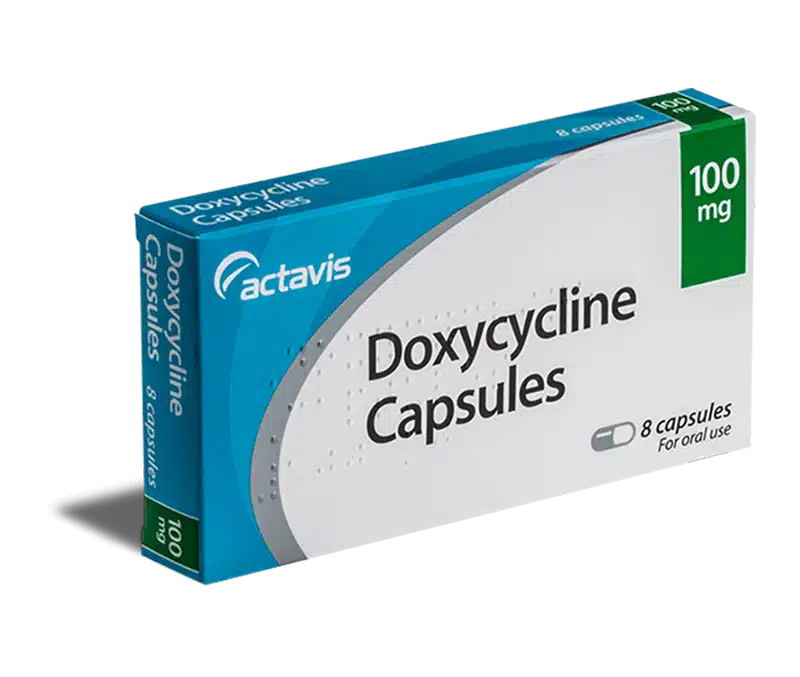Glucosamine, a dietary supplement often used to combat joint pain, is garnering increasing interest due to its potential effects on joint health. Before considering glucosamine supplementation, it is essential to take into account medical prescriptions and to be informed about possible side effects that may occur. By exploring these concerns, you can better understand how to integrate glucosamine into your health routine while minimizing associated risks. Discover the key elements to consider to ensure the safe and effective use of this supplement.

Glucosamine is often prescribed for its potential beneficial effects on joint health. While this substance is widely recognized for its role in supporting joint health, it is fundamental to understand the implications of a medical prescription as well as the side effects that may result from its use. This definition revolves around the key aspects that anyone considering taking glucosamine should know.
What is glucosamine?
Glucosamine is an endogenous compound present in the human body, playing an essential role in the construction of cartilage tissue and maintaining joint flexibility. A natural component of cartilages, glucosamine is often provided in the form of a dietary supplement, particularly for the treatment of conditions such as osteoarthritis or joint pain. It is generally derived from marine or synthetic sources and is typically consumed to help reduce symptoms related to joint disorders.
Its mechanism of action relies on stimulating the production of *proteoglycans* and *glycosaminoglycans*, essential elements for cartilage health. Numerous studies suggest that this molecule could promote the regeneration of joint tissues, and even relieve inflammation, although results can vary from person to person.
Medical prescription of glucosamine
Before starting glucosamine treatment, it is important to consult a healthcare professional to obtain an appropriate medical prescription. This process should include an evaluation of the medical history, including the identification of potential allergies. Special attention should be given to individuals allergic to shellfish, as a large part of glucosamine is derived from these sources.
Prescription of glucosamine is often considered for patients suffering from osteoarthritis, particularly those experiencing moderate to severe knee pain. It is recommended to begin treatment after a clinical evaluation to optimize results and minimize complications risks.
Healthcare professionals should also evaluate potential drug interactions. For example, in patients taking anticoagulants, glucosamine may interfere with blood coagulation, increasing the risk of bleeding. Therefore, it is crucial to follow medical recommendations for safe and effective use.
Side effects associated with glucosamine
Although glucosamine is generally considered safe for most users, there are potential side effects that deserve particular attention. Among the reported adverse effects are digestive disturbances, such as nausea, diarrhea, or abdominal pain. These reactions are often due to individual intolerance rather than glucosamine itself.
Other less common effects include headaches, fatigue, and allergic reactions that may worsen in individuals with a history of food allergies. These effects can occur due to the interaction of glucosamine with other medications or with the patient’s individual metabolism.
It is important to emphasize that severe reactions, although rare, can include itching, urticaria, or liver problems, such as elevated liver enzymes. For this reason, regular monitoring by a doctor, especially at the beginning of treatment, is strongly advised to quickly detect any abnormalities.
If adverse effects persist or worsen, it is essential to discontinue glucosamine intake and consult a healthcare professional for re-evaluating the treatment. It is also crucial never to self-administer doses higher than those recommended, as this may intensify side effects without necessarily improving the expected benefits.
In summary, glucosamine, while effective for many patients in the context of osteoarthritis treatment, requires an adequate medical prescription, special attention to possible interactions, and close monitoring of side effects during its use. By being informed and proactive, patients can promote a positive experience using this supplement, thus maximizing its benefits for joint health.

FAQ about glucosamine: Medical prescriptions and side effects
A : Glucosamine is a molecule naturally present in the body, essential for the construction and repair of joint cartilage. It is often taken as a supplement to support joint health.
Q : What are the possible side effects of glucosamine?
A : Common side effects include stomach aches, nausea, abdominal pain, and allergic reactions. It is important to monitor any adverse reaction.
Q : Is it necessary to have a medical prescription to take glucosamine?
A : Although it is available over the counter, it is recommended to consult a doctor before starting glucosamine treatment, especially in the case of medical history.
Q : Who should avoid taking glucosamine?
A : Glucosamine is contraindicated for individuals allergic to shellfish, pregnant or breastfeeding women, and children under 18 years old.
Q : What medications can interact with glucosamine?
A : Glucosamine may interact with anticoagulants and some diabetes medications, so it is crucial to consult a doctor if you are under treatment.
Q : How long does it take to feel the effects of glucosamine?
A : The beneficial effects of glucosamine may take several weeks to manifest. If no improvement is noticed after 2 to 3 months, a medical consultation is advised.
Q : Are there individuals who need to monitor their glucosamine dosage?
A : Yes, individuals with underlying health issues, such as heart disease or coagulation disorders, should be cautious and consult a healthcare professional for appropriate monitoring.













